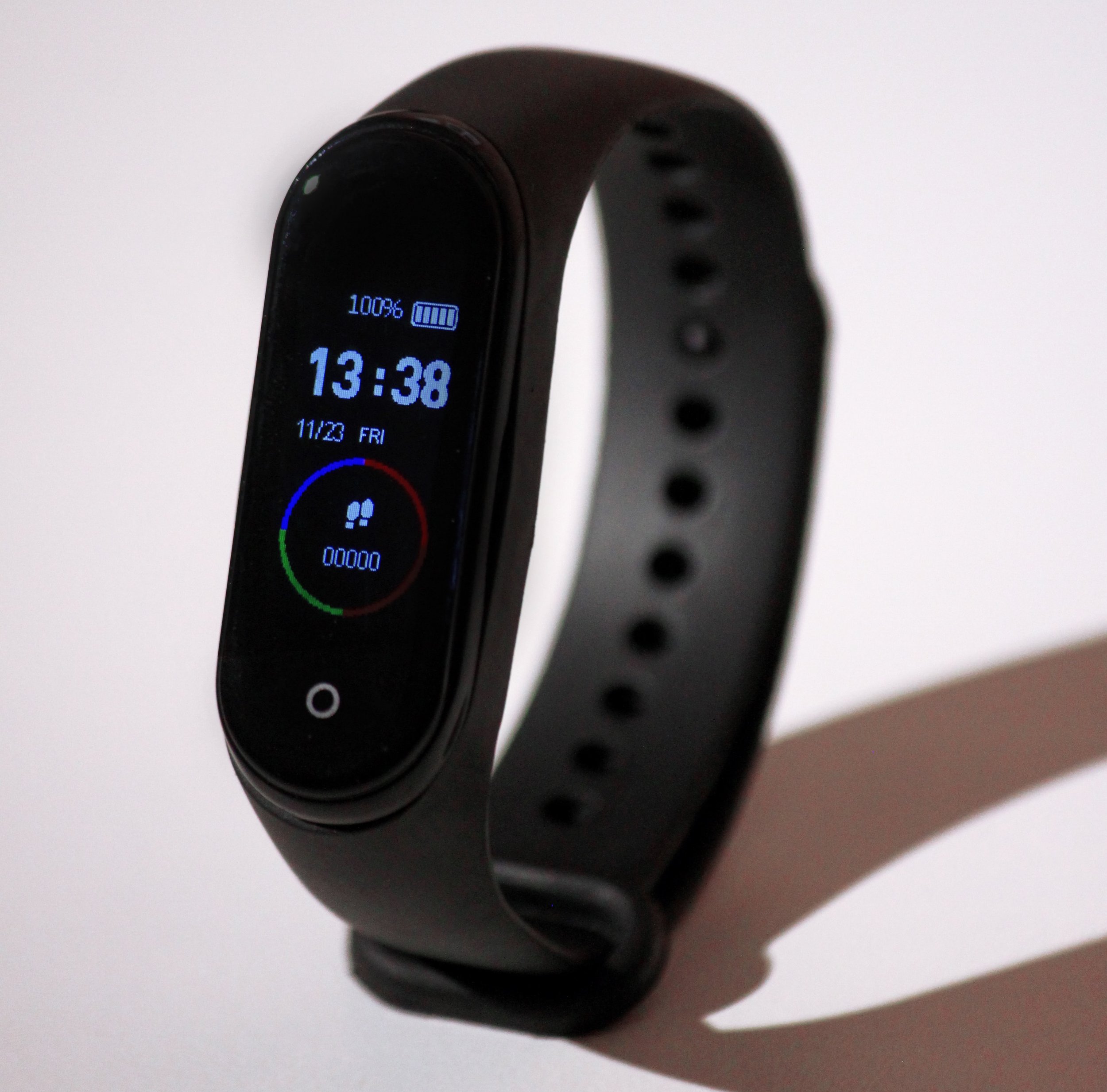The Affliction of the Data Analyst
How often does your watch look like this at the end of a working day?
Imagine this: you've been sitting at your desk for over an hour and your watch buzzes. The dopamine kicks in from the anticipation of the unknown, you look at your watch and then with disappointment and malaise you just ignore the watches' message that says 'GET ACTIVE'.
Now, the question I want you to consider as you read this article is why do we do that if science and research basically says that 'sitting is the new smoking' and has been linked to obesity, heart disease, and cancer?
Is it because:
A) We think we need to go put on workout clothes
B) We don't want to get sweaty in our work clothes
C) We're in the flow of work and don't want to break concentration.
D) We're too tired to get up.
E) We tell ourselves we will do it when you next have a break.
F) We don't know what exercise to do?
H) We've already done 30 mins of exercise this morning.
All great excuses but as a basic requirement we just need to get that blood flow going again at regular intervals throughout the day otherwise we're dropping small coins into the bank of ill health. PJ Fogg in his book ‘Tiny Habits’ suggests three steps in how to start any habit:
Identify your trigger and be really specific. E.g. when I press the button to turn my watch message off I will stand up and start to…. Or when I switch the kettle on to make a brew I will start to…
Start small, and make it easy to do, which means that you can't use excuses A or B! This, for example, might be doing 10 knee lifts or 2 wall press ups or 2 squats, or 10 seconds of running on the spot, or standing up and swinging your arms around… The key is to JUST GET MOVING, as muscle contraction we know increases heat rate but it also encourages venus return - which is blood flow to move the blood that has pooled in your lower limbs from sitting too long.
Celebrate the event. This sounds odd and might feel awkward but it could be a simple smile, a whoop, a punch in the air, or a pat on the back, as this consolidates the habit.
Keep doing it daily and see every additional day as a success. On average it takes 66 consecutive days to form a new habit. You can miss a few days and depending on the complexity it can take more or less time to form, but that is all part of committing to a good habit so just focus on 'every day is a bonus'. Try to turn it from 'something you have to do' to 'something you just do' and then try to get all of your work colleagues on board!
So why should we try to encourage this 'movement of movement' in our company?
To quote Jim Kwick "When your body moves your brain grooves". It simulates the mind, generates creativity, and helps with mental health which all means less sick days, happier staff and increased proactivity.
How can a company help facilitate this ethos?
Get a treadmill desk for the office, give everyone a stretch band and teach them how to use it, lead by example, stand up in meetings, walk outside in team meetings, start each meeting with a 1 minute all-abilities exercise. It may not work initially, and we're not aiming for cross-fit sessions, but just a bit more movement than is currently being done, that's the place to start.
Have you ever read that book 'The Tipping point' by Malcolm Gladwell? If you get enough people doing something it tips the balance and just becomes the company norm. That is the key to defying the ‘affliction of the data analyst’.
References and helpful links
https://www.jimkwik.com
https://brain.health/tiny-habits/?gclid=CjwKCAiAm7OMBhAQEiwArvGi3NxUO_uWGs6kL-AOCQTvmgk3XCaPI7R8ANxDeulg0MGq4GJYwuycphoC698QAvD_BwE
https://www.nhs.uk/live-well/exercise/why-sitting-too-much-is-bad-for-us/
https://www.quickanddirtytips.com/education/science/how-long-habit



